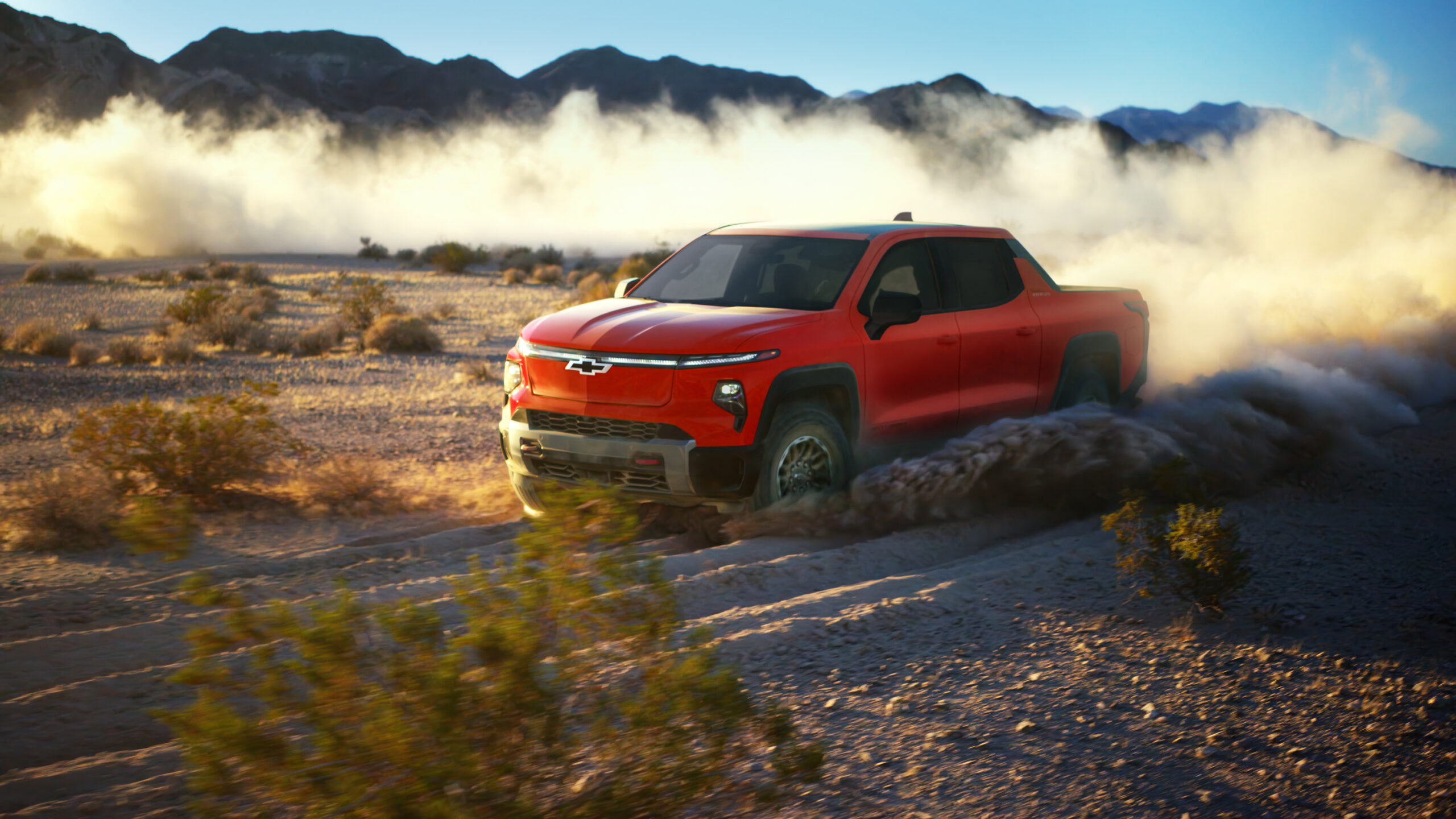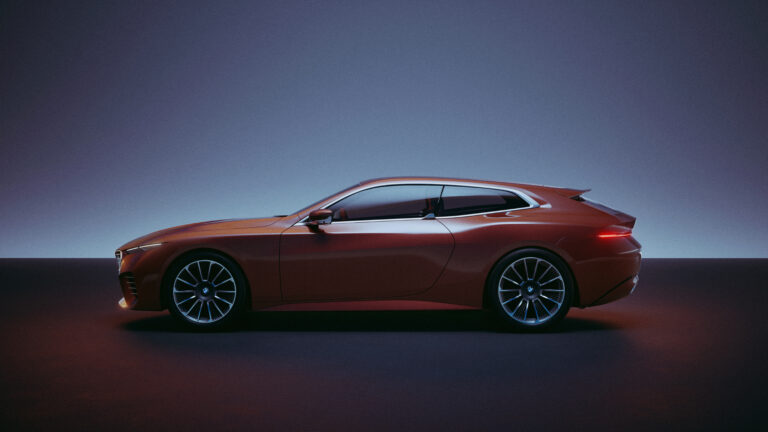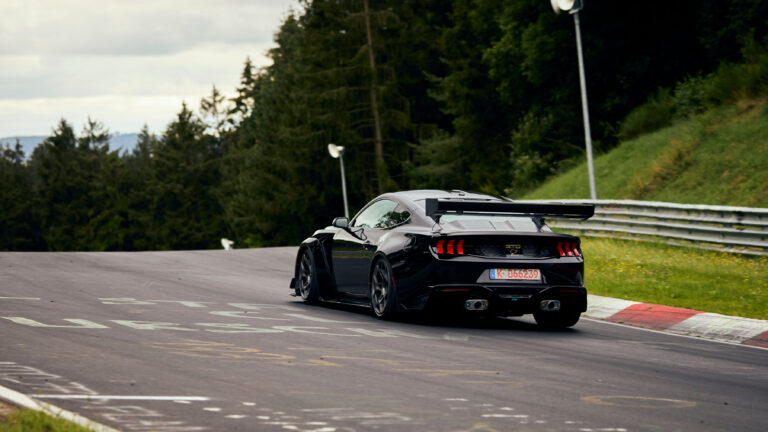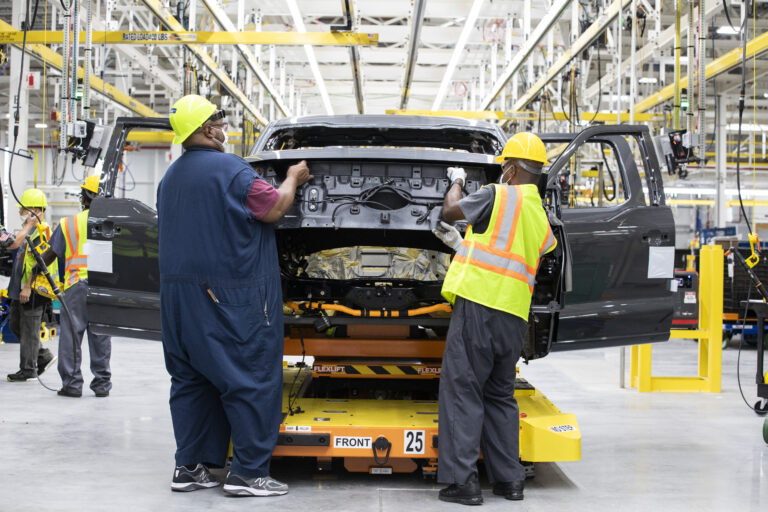Extended-Range EVs Are Making a Comeback. Here’s Why Automakers Are Betting Big
As hybrid sales surge and charging anxiety lingers, carmakers are dusting off the EREV playbook—offering buyers electric range without the EV compromises.
Why does this car matter right now?
Because the so-called EV revolution is stuck in traffic. Despite the glittering promises of all-electric everything, consumers haven’t bought in wholesale. Charging infrastructure remains spotty. Battery costs are stubborn. Range anxiety hasn’t checked out. And into this vacuum of unmet expectations waltzes the extended-range EV, part-electric, part-petrol, and fully back in fashion.
Remember the Chevrolet Volt? That clever little car with 50-ish miles of electric range and a backup petrol engine for when life didn’t go according to the EPA cycle? It died quietly in 2019. But its ghost haunts the boardrooms of every automaker now scrambling to solve the EV puzzle without losing suburban buyers to Toyota.
In the last six months, multiple manufacturers have confirmed new EREVs are on the way—some quietly, others with a bit more bravado. Stellantis is planning one for Jeep. Ford’s working on a next-gen plug-in with range-extending tech. Even BMW is said to be rethinking range extenders for certain markets. It’s less about nostalgia and more about necessity.
How does it compare to rivals?
Let’s clarify: an extended-range EV isn’t a plug-in hybrid in disguise. The drivetrain prioritizes electric propulsion. The combustion engine exists purely to generate electricity when the battery runs out. Think of it as a power bank for your EV, not a second motor trying to help.
Compared to a traditional plug-in hybrid, an EREV delivers smoother transitions and a more EV-like driving experience. Compared to a pure EV, it solves the road trip dilemma without dragging around a bigger, heavier battery. That’s the sweet spot.
What’s more, extended-range EVs dodge the two biggest criticisms of both categories. EVs are limited by infrastructure. Hybrids are limited by philosophy—neither fish nor fowl. EREVs, on the other hand, offer 40–80 miles of real-world electric range for daily commutes and a petrol generator for weekends in the wild. No need to find a charger in the middle of Montana.

Who is this for—and who should skip it?
If your driveway already holds a Level 2 charger and your second car is a Tesla, this isn’t for you. But if you’ve been holding out for an EV that won’t strand you on Thanksgiving, EREVs make a compelling case.
These cars will appeal to:
• Rural and suburban buyers without reliable charging infrastructure
• First-time EV buyers nervous about range
• Families who want one car that does it all
• Fleets that need compliance without downtime
But there are compromises. EREVs still carry the weight and complexity of two propulsion systems. That means added cost and service intricacies. For urbanites who charge daily and rarely exceed 100 miles, a pure EV is cleaner and simpler. But for everyone else, the EREV is the Goldilocks drivetrain, just right.

What’s the long-term significance?
The EV market has matured faster than the grid supporting it. Governments may set ambitious goals. Automakers may release ever-fancier battery specs. But in the real world—of aging transformers, crowded fast chargers, and 200-mile road trips to Grandma’s—buyers are looking for something less idealistic and more practical.
Enter the EREV, not as a compromise but as a bridge. A way to nudge more people toward electrification without demanding all-or-nothing commitments. It’s a technology with one foot in the future and one in the driveway.
And it couldn’t be arriving at a better time. Plug-in hybrid sales are up. Battery-electric sales have plateaued. Buyers are cautious but curious. An EREV allows carmakers to meet mandates, please regulators, and still sell cars that make sense.
Will every brand follow suit? Probably not. But the smart ones—those with a finger on the pulse of middle America—will. Because while Wall Street loves a zero-emissions spreadsheet, Main Street still wants to know if they’ll make it to the lake and back on Labor Day without queuing for a charger behind a Rivian.
Like what you’ve read? Stay in the driver’s seat with more insider automotive insights. Follow @NikJMiles and @TestMiles for stories that go beyond the press release.
extended-range EV, plug-in hybrid, EV range, 2026 model preview, electric vehicles with backup generator, EREV vs PHEV, best family SUVs, electric SUV alternatives, charging infrastructure, hybrid EV strategy, automaker EV plans, future of electric mobility, range anxiety solutions, affordable EV options







